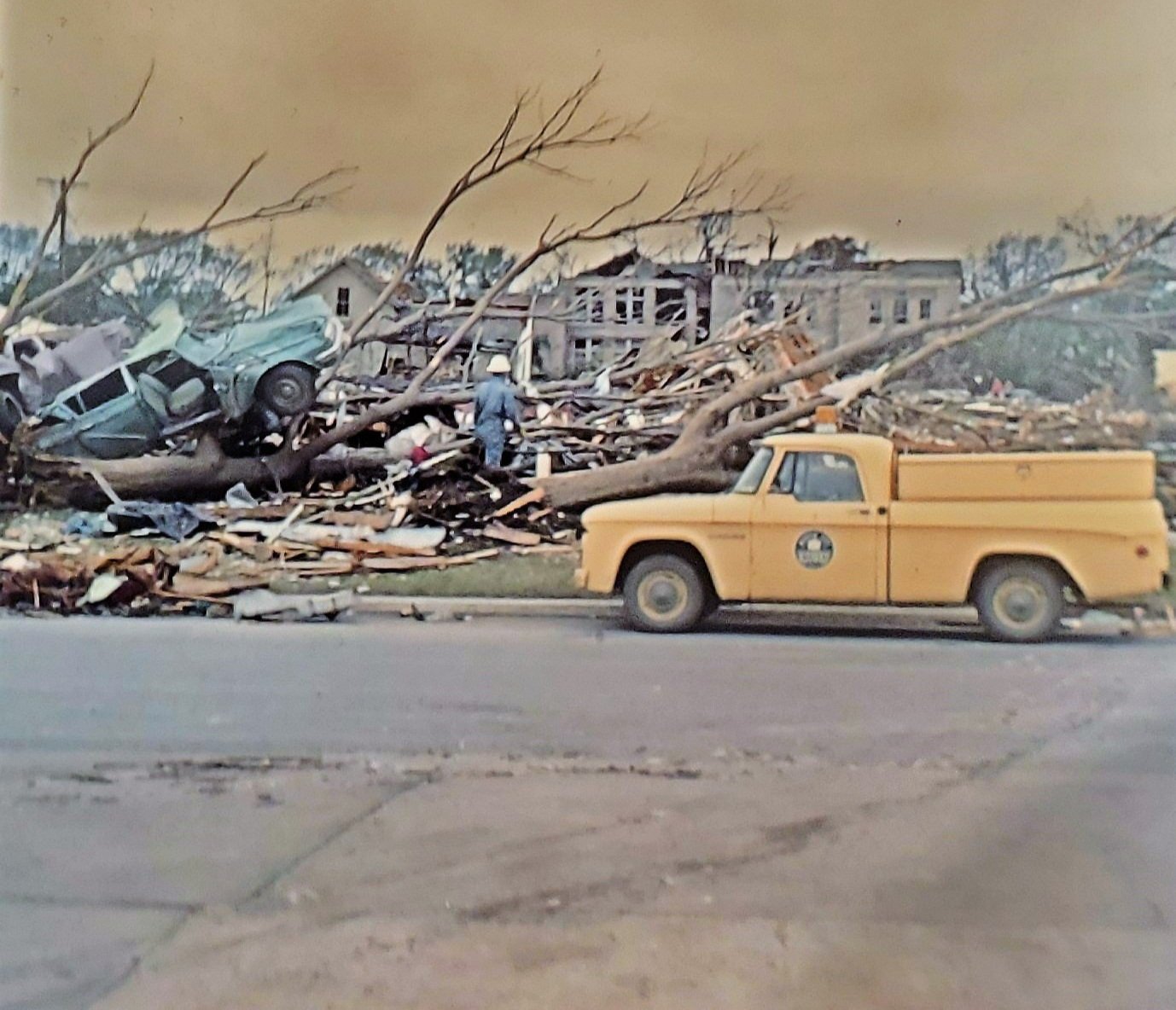Catastrophic Thinking
Catastrophic Assumptions, Values, and Expectations in Analysis and Thinking
Charles City, Iowa tornado
May 15, 1968
Catastrophic Thinking
We know how to survive disasters, or at least improve the odds of survival. Catastrophes are different. To survive catastrophes, we must change the very foundations of thinking (CAVEAT), anticipate worst case scenarios, follow eight steps in the process of policy formation, including the twelve tools of CAVEAT, form a consensus, and recognize that CAVEAT requires a commitment to immediate action.
Disclaimer: Nothing on these pages should be construed as professional, legal, financial, investment, tax, medical, or golfing advice. The content is for informational and educational purposes only. If you rely on anything on this Website to invest your money, you may lose your money. Of course, the underlying premise of this Website is that if you don’t adopt the principles of Catastrophic Thinking and CAVEAT, you may lose everything.
TRIGGER/CONTENT WARNING: This Website, and any videos, books, blogger comments, or other content may be disturbing or even traumatizing to some of you. The content is about thinking and analyzing anything which may be considered in policy formation. Catastrophic events themselves may be traumatizing or disturbing. This material is meant to be thought-provoking and to challenge your beliefs, expectations, values, politics, and opinions. Often, you may feel ridiculed, laughed at, and insulted by the sarcasm, irony, and satire in these materials. That is my intent. In particular, if you identify with the cancel culture or other forms of self-righteousness, some of this material is meant to criticize you and you should avoid it. If anything, I regret not having more sex, drug abuse, and violence in my materials, but the topics addressing how to think, and policy formation, do not lend themselves to popular search engines.





